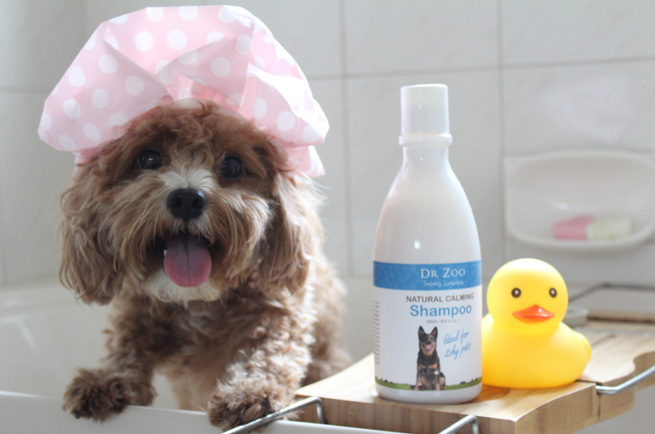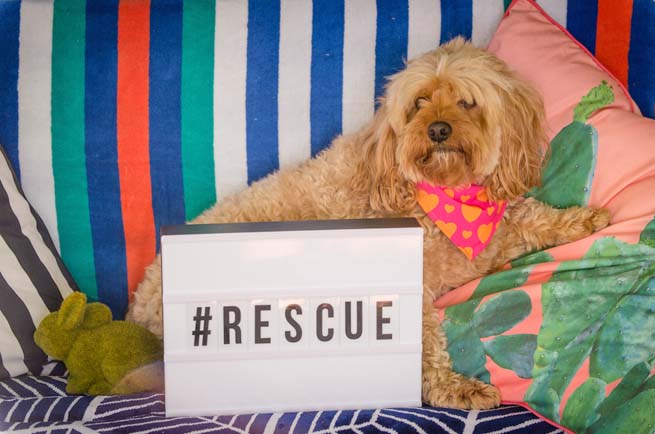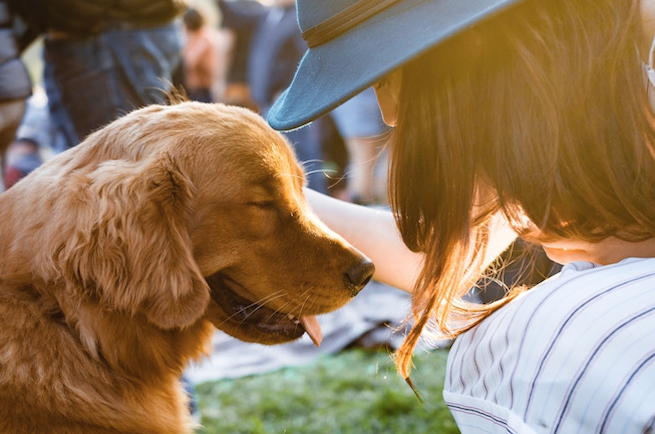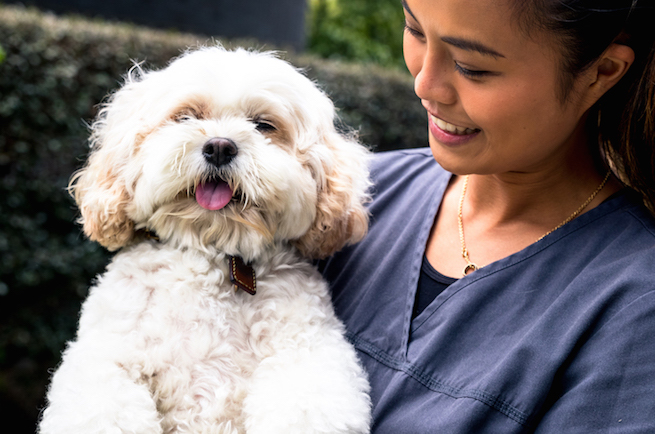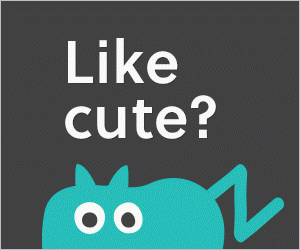Science says we love our dog like our baby
Ever worried that you treat your dog just like a baby? You're not alone...
15 Jul 2015 By Eleanor Comments
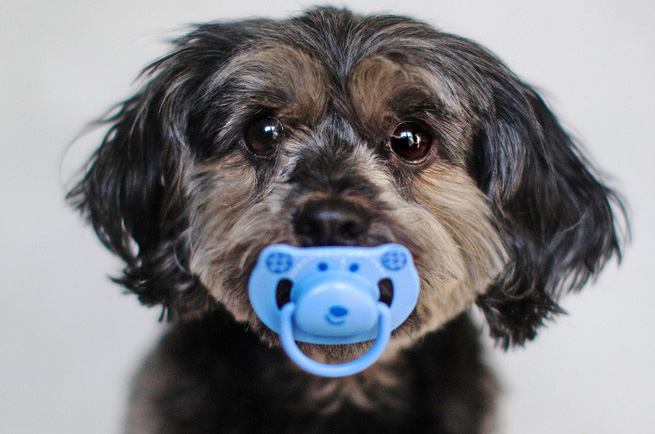
You know that feeling when you cradle your dog in your arms and feel a wave of eternal love and joy. Well apparently that’s the same emotion mother’s feel towards their children (who’d have guessed! *).

A recent study by scientific journal PLOS ONE has concluded that women’s brains react similarly when responding to their children and their dogs. The study consisted of sixteen women, who were required to be a mum of a child aged between 2-10 years. They also needed to have a dog that they had owned for more than two years.

The women were asked to fill out a questionnaire detailing their relationships with their pooch and with their kids. It was then that the true test began. The sixteen women were shown pictures of their children, their dogs, as well as a mix of unknown canines and kids and their brain’s response was recorded. Lori Palley and Luke Stoeckel from Massachusetts General Hospital also asked the women to rate the images based on how exciting or pleasant the photographs were.

The photographs activated certain brain structures, which could be seen via functional magnetic resonance imaging (fMRI). This imaging system highlights brain activity based on oxygen levels and blood flow within the brain.
The results showed that the areas of the brain that process emotion and visual cues underwent increased activity when the women saw photos of their own dogs or children. Areas associated with reward, affiliation and social interaction were also stimulated. There was little to no activity when the women were faced with “Aunty Sue’s Kid from Wollomokanka” and “Little Timmy from What’s-It-Called”.

The one key difference between the brain’s response to photographs of kids and puppy pics was the fusiform gyrus. This is the part of the brain associated with facial recognition and responded exponentially to pet pics rather than children’s photos. Luke Stoeckel predicts this is due to human beings having to rely on visual cues to understand their pet’s wants and needs. It’s not exactly like your dog can start debating the pros and cons of kibble with you! We have to watch and wait to piece together what our dog is trying to tell us.

While Zookie doesn’t condone wheeling your Corgi around in a pram, it does believe that the brain’s pair-bonding network doesn’t discriminate between fur-babies and drool-babies.
Please Note: Zookie reserves the right to use heavy sarcasm during opportune moments when science fails to realize the obvious.
What are your thoughts on the study?
15 Jul 2015 By Eleanor Comments
comments powered by Disqus
